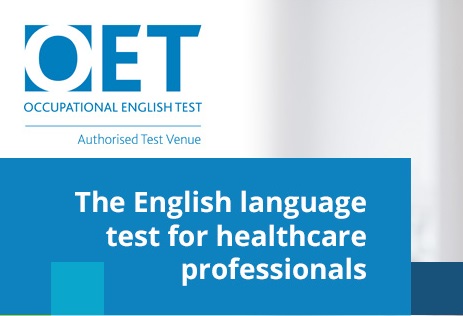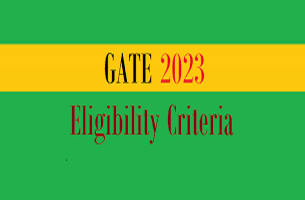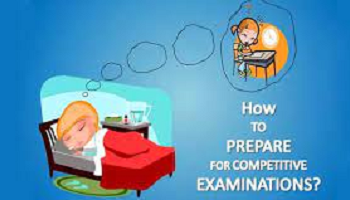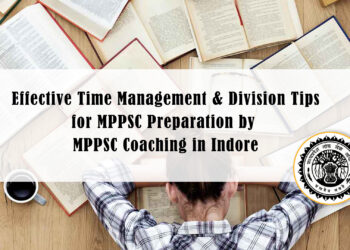The Occupational English Test (OET) examines workplace English language proficiency for non-native health professionals. If you are an OET aspirant, then you might know that quality assessment is made in 4 different areas: Listening, Speaking, Reading and Writing. All the sub-tests vary in difficulty. But for all obvious reasons, the Reading might look comparatively easier. But watch out! Here’s where you’ve got it wrong . Let me tell you why it’s important to take the Reading test for real.
First of all, you are not done with your OET Reading tests by merely being able to “read”. Yes, the topics covered are of generic healthcare interests and might appear familiar. But the OET checks your various abilities while putting you through the Reading subtest. For this purpose, the subtest is further divided into three parts: Part A, B and C.
Before you learn the tips to make an excellent score. Let me tell you on what basis you will be assessed in each of these parts of Reading.
How is Reading ability examined in the OET?
The Reading session is the longest of the 4 sessions in the OET. It runs to a good long 60 minutes- Part A (15 minutes) and Part B and C ( 45 minutes).
| Part | Assessment Criteria | Key Focus |
| A | • Scan and Skim through a given extract to locate specific information. | • Conventions of different medical texts
• Textual and numerical information |
| B | • Get an overall understanding of the six short texts and locate the core idea being discussed. |
• Spotting Sentence level ideas |
| C | • Grasp the direct and implied meaning in a given text.
• Identify the stance/attitude of the presented topic. |
• The link between sentence and paragraph level ideas.
|
You can be good at reading but the real challenge is to comprehend all that you read. What will become of a healthcare professional who cannot figure out the gist of a hospital document? This shouldn’t stop you from achieving your OET dream come true especially when the OET is being accepted in more countries recently. If you wish to experience success in your Reading test, I’m here to help you with some useful tips. Follow them and see how success comes your way.
-
Read In and Out of Context
Since OET is exclusively designed for the medical sector, your test materials will be related to healthcare topics. For example, manuals or internal communications such as emails or memos, extracts from policy documents, hospital guidelines and much more. Hence it becomes extremely important to familiarize yourself with these text types.
- Get exposed to the language of specialist texts and Medical journals like British Medical Journal, OMICS International and so on.
- Rich health-related stories from E Newsletters like ABC health newsletters published in ABC TV and Radio.
As we discussed earlier, you will be judged on your capability to analyze, locate, grasp and identify the information relevant to your question. Opening to text that is out of the medical context is equally important as reading healthcare material. Getting used to different language and text types will upgrade your overall comprehension in reading.
- Focus on the topics that are written for the intelligent general-interest reader.
- Read current affairs and science-oriented websites.
As a result, you can easily identify different writers’ intentions, a key skill to help you score in Part C of the Reading subtest.
- Test Yourself Occasionally
As you read through your text, narrow down your focus to paragraphs and ask yourself a few questions:
- What is the main idea developed in this paragraph? Can you summarize the whole paragraph in a nutshell?
- What is the writer’s attitude? Why has he/she written the paragraph? Is it used to inform, persuade, address their audience?
Improve distinct skills for Part A, B and C
PART A
Part A is all about hitting at the exact information within the allotted 15 minutes. You will have to swiftly move between four extracts in an efficient manner. In order to save time you can try doing the following
- Read your questions first so that you can be clear about what information to look for in your text.
- If your question contains names of countries or people, dates and other numbers, try to locate it first as it can easily strike the eye.
- Scan through the index page if the material is a textbook or a manual. This makes it easier to identify where the information might appear in the chapter. You can also get an idea of the chapter content by referring to the chapter summaries in some of the text material.
PART B and PART C
As you already know, PART B requires you to capture the main point of a given piece of information. Your choice has to be one of the three options in a multiple-choice question. This is no easy way out. The three options are going to be tricky which will confuse you in the first place. Don’t lose your confidence, just remember.
- The questions and answers will follow the same order. This means that the answer to the first question cannot be further down but somewhere in the beginning.
- If you do not find the exact keywords of the question in your given text, look for synonyms, alternative usages or phrases.
- If a text seems to be discussing two main points identify the one that is discussed more often.
In PART C, the best way to make out the writer’s line of argument is by:
- Reading the text in your first language, this will immediately help you identify what exactly the writer is talking about
- Check Your Answers
Allocate some time to check through your answers for spelling mistakes in PART A. Assessors are likely to reduce your marks for poor spelling.
Above all, Read as much as you can regularly and widely. Nothing is impossible with practice. A practice that’s consistent with remarkable effort. Take regular mock tests and get going with your Reading test in the OET with full confidence.











